Top Things to Know Before Buying Hydroponic Plants Indoors
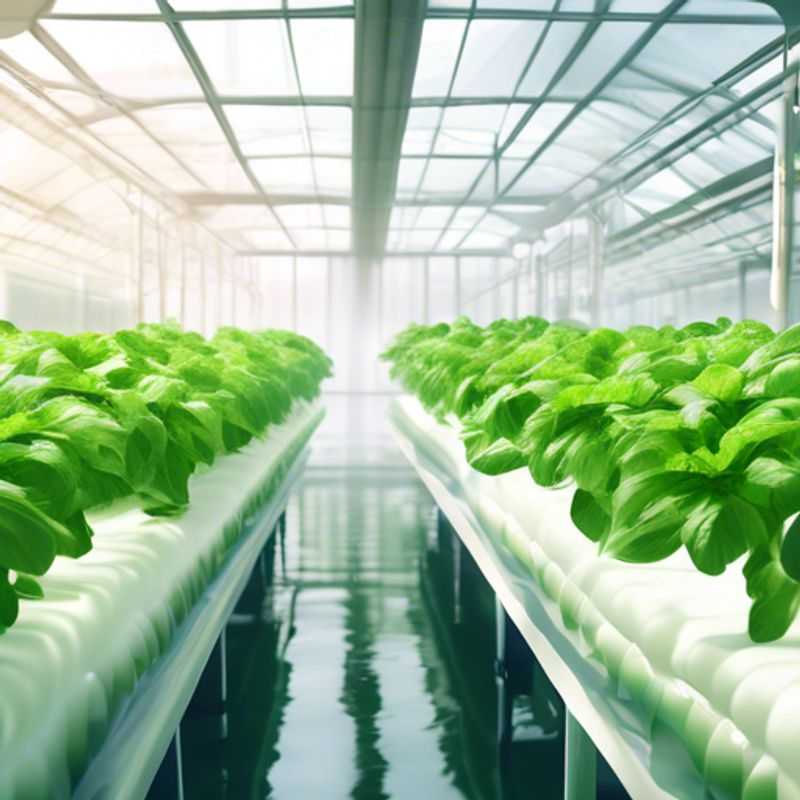
Top Things to Know Before Buying Hydroponic Plants Indoors: Lighting, Temperature, System, Nutrients, Maintenance, Space, and Pests
Bringing the verdant beauty of nature indoors is a thrilling endeavor, and with hydroponics, you can cultivate a flourishing garden even in the most confined spaces. But before you dive into the world of soil-less gardening, let's explore some crucial insights to ensure your hydroponic journey is both successful and enjoyable.
Understand the specific lighting requirements for indoor hydroponic plants. Plants need sunlight to thrive, and replicating this essential element is paramount. Research the recommended light spectrum and intensity for the specific plants you choose. Consider investing in a high-quality grow light system tailored to your plant's needs.
Research the ideal temperature and humidity levels for your plants. Just as humans have optimal comfort zones, plants do too. Carefully study the ideal temperature and humidity ranges for your chosen varieties. Invest in a thermometer and humidity gauge to monitor these critical factors and ensure your plants are thriving in their ideal environment.
Invest in a reliable hydroponic system that meets your needs. The hydroponic system you choose is your foundation. From basic DIY setups to sophisticated automated systems, options abound. Carefully assess your space, budget, and the complexity you're comfortable with. A well-chosen system will provide the necessary support for your plants to flourish.
Learn about the nutrient solutions required for healthy plant growth. In the absence of soil, plants rely on carefully balanced nutrient solutions. Understand the essential elements your plants need and the specific ratios for each growth stage. Choose high-quality nutrient solutions and follow instructions meticulously to ensure optimal growth.
Familiarize yourself with the maintenance and monitoring required. While hydroponics simplifies some aspects of gardening, it necessitates regular monitoring.
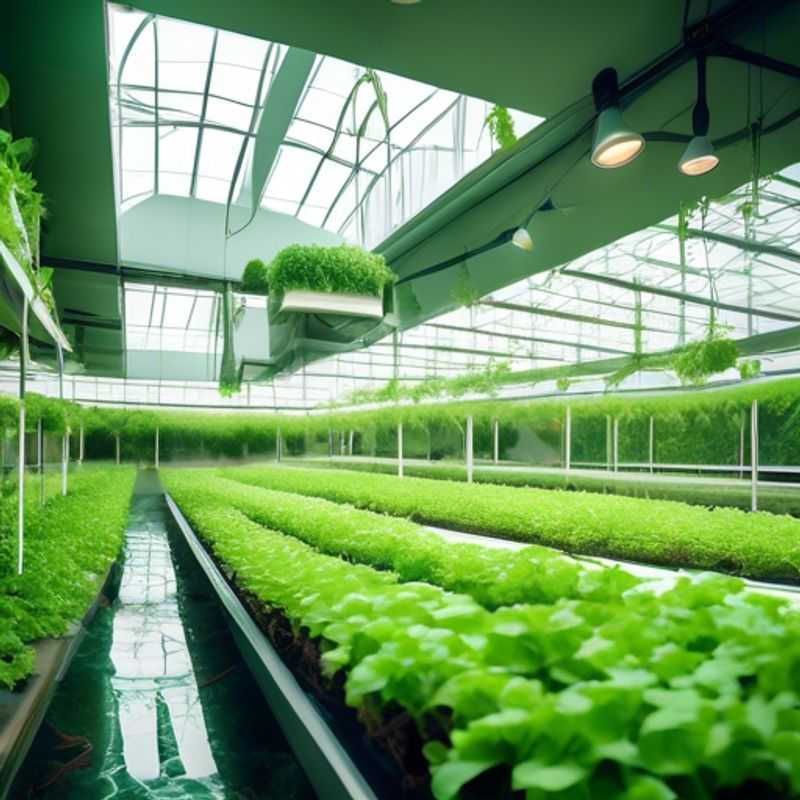
Illuminating Insights: The Right Lighting for Indoor Hydroponic Gardens
Understanding the specific lighting requirements for indoor hydroponic plants is crucial for successful growth. Light is a key factor in photosynthesis, and different plants have varying needs. Generally, most hydroponic plants require around 12 to 16 hours of light per day. This can be achieved through natural sunlight or artificial grow lights. LED grow lights are popular for their energy efficiency and ability to provide the full spectrum of light needed for plant growth.
When choosing lighting, consider the light intensity, which should be adequate to penetrate the plant canopy. Different plants have different light intensity needs; for example, leafy greens typically require less intensity than fruiting plants. Adjusting the height of the lights above the plants can help manage light intensity effectively.
Additionally, it's important to consider the color spectrum of the light. Plants generally benefit from both blue light (for vegetative growth) and red light (for flowering and fruiting). A balanced spectrum is essential for optimal growth. Timing the light cycles to mimic natural daylight can also enhance plant health.
In terms of cost estimation, consider the following paid activities: purchasing quality grow lights, electricity costs for running the lights, and potential timers or automation systems to manage light cycles. Investing in a light meter can also be beneficial to monitor light intensity and ensure optimal conditions for your plants.
In conclusion, understanding the lighting requirements for indoor hydroponic plants involves knowing the duration, intensity, and spectrum of light needed. Proper planning and investment in the right equipment can lead to successful hydroponic gardening.
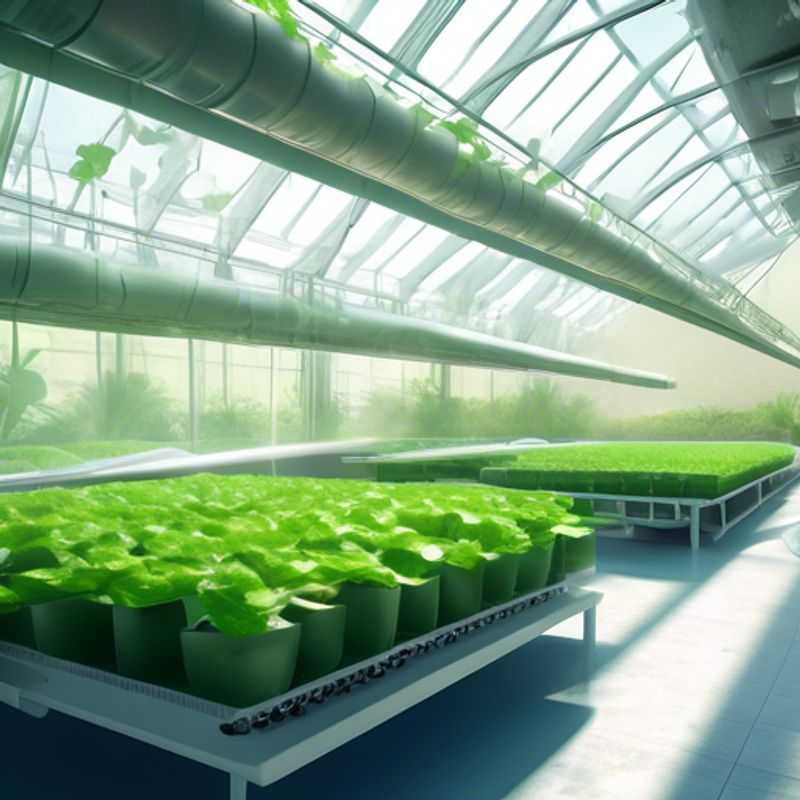
Cultivating Success: Unlocking the Perfect Temperature and Humidity for Your Plants
Knowing the ideal temperature and humidity levels for your plants is crucial for their well-being. Each plant species has its own unique needs, and understanding these requirements is essential for their healthy growth.
Researching the ideal temperature range for your plants is a good starting point. Some plants thrive in warmer environments, while others prefer cooler conditions. Additionally, humidity plays a significant role in plant health. Certain plants require high humidity levels, while others can tolerate drier conditions.
You can consult online resources, gardening books, or even speak to local garden centers to gather information on the specific temperature and humidity needs of your plants. Keep in mind that monitoring these conditions is important, especially during extreme weather events. You can use thermometers and hygrometers to measure temperature and humidity levels, and make adjustments to your environment as needed.
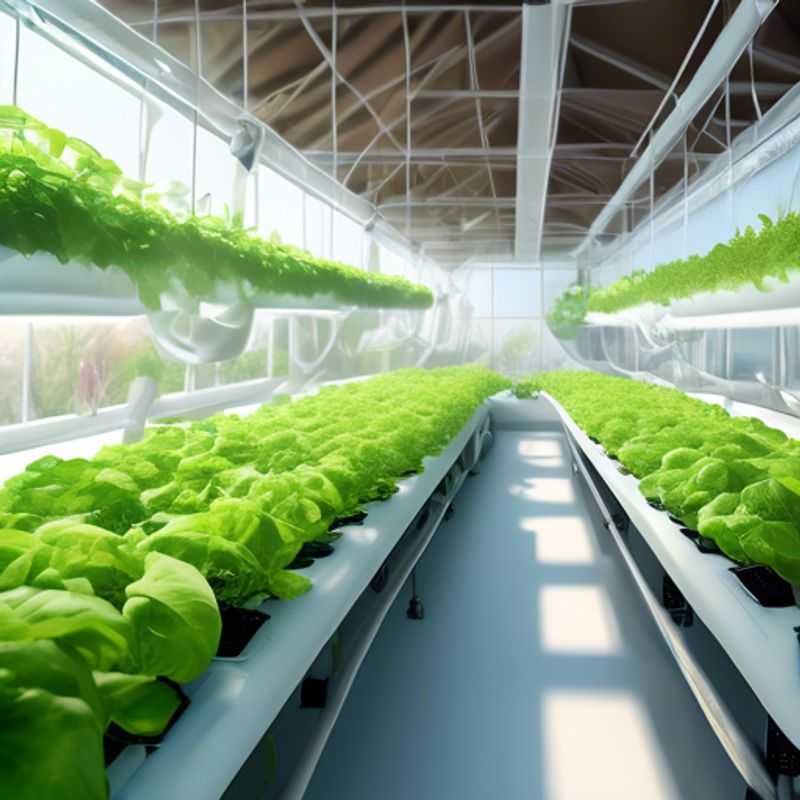
Hydroponic Systems: Investing in a Reliable Solution for Your Growing Needs
Investing in a reliable hydroponic system can be a rewarding journey for those interested in growing their own food, regardless of space limitations or soil quality. Hydroponics offers several advantages, including increased yield, faster growth rates, and efficient resource utilization.
Before investing, it's crucial to identify your needs and budget. Consider factors like the size of your growing area, the types of plants you want to grow, and your desired level of automation.
A comprehensive hydroponic system typically includes components such as a growing medium, nutrient solution reservoir, pump, timer, lighting system, and growing containers. You may also need to consider additional accessories like pH meters, water quality testers, and ventilation fans.
The initial cost of a hydroponic system can vary greatly depending on its complexity and features. Basic starter kits may range from $100 to $500, while advanced systems with automation and environmental control can cost several thousand dollars. Additionally, you'll need to factor in ongoing expenses like nutrients, electricity, and water.
Investing in a reliable hydroponic system is a significant decision. Take your time, research different systems and manufacturers, and choose one that aligns with your goals and budget.
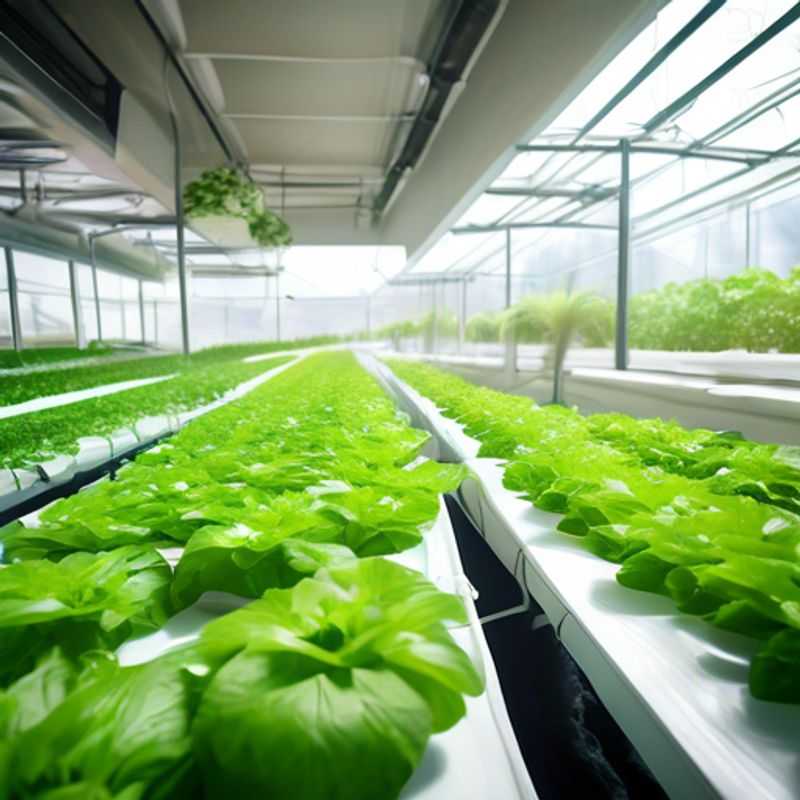
Unlocking Plant Growth: A Guide to Essential Nutrient Solutions
Plants, like us, need essential nutrients to thrive. These nutrients are absorbed through their roots from the soil or growing medium. The key nutrients are nitrogen, phosphorus, and potassium (NPK), often labeled on fertilizers as N-P-K. They are crucial for various plant functions: Nitrogen promotes leafy growth, Phosphorus aids in root development and flowering, and Potassium contributes to overall plant health and disease resistance.
Beyond the big three, other essential micronutrients are vital in smaller quantities, such as calcium, magnesium, sulfur, and trace elements like iron, manganese, and zinc. These micronutrients contribute to specific functions like photosynthesis, chlorophyll production, and enzyme activity. An imbalance in any of these nutrients can lead to various problems like stunted growth, chlorosis (yellowing leaves), and weakened plants.
There are various ways to provide these nutrients to plants. Organic fertilizers like compost, manure, and bone meal provide a slow release of nutrients, improving soil structure and encouraging beneficial microbial activity. Synthetic fertilizers offer a more direct and concentrated source of nutrients, but overuse can lead to soil degradation. A balanced approach combining both organic and synthetic methods can be optimal.
Understanding your specific plant needs is crucial. Different plants require different nutrient ratios. For instance, leafy greens demand higher nitrogen, while fruiting plants need more phosphorus and potassium. Soil testing can help determine the existing nutrient levels and guide fertilizer application.
Watering plays a critical role in nutrient uptake. Overwatering can lead to nutrient leaching, while underwatering limits nutrient availability. Proper irrigation techniques and understanding your plant's water needs are essential.
By carefully managing nutrient levels and providing appropriate growing conditions, you can foster healthy plant growth and ensure your plants thrive.
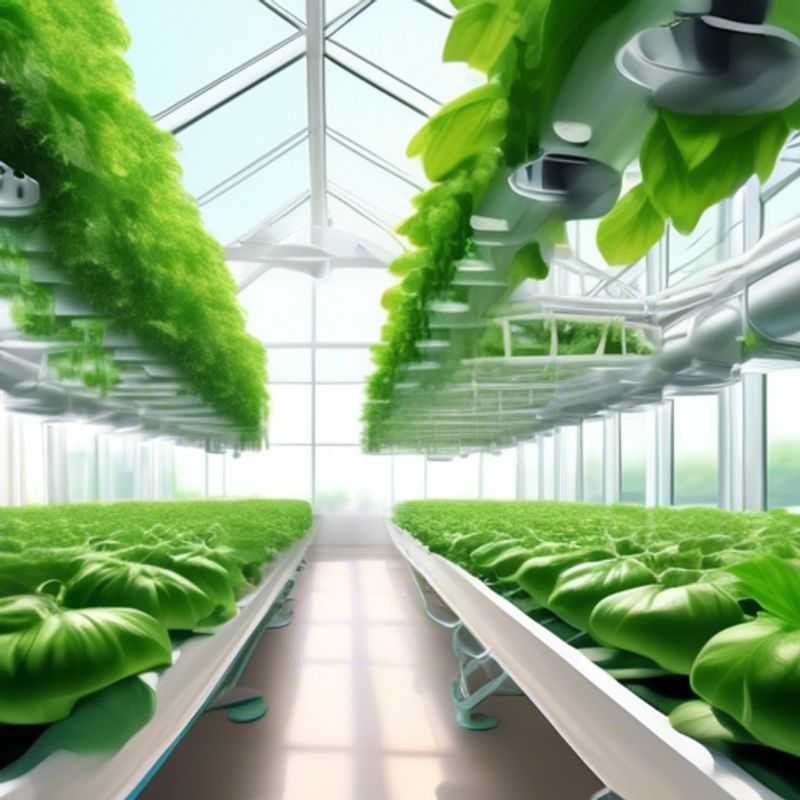
Mastering Maintenance: A Deep Dive into Monitoring and Keeping Your System Running Smoothly
Maintenance and monitoring are crucial for ensuring the smooth operation and longevity of any system. This includes regular checkups, updates, and performance tracking to identify and address potential issues before they escalate. It's like giving your car a tune-up and keeping an eye on the dashboard - crucial for keeping it running smoothly.
Maintenance tasks might include software updates, hardware checks, data backups, and security scans. Monitoring typically involves tracking key performance indicators (KPIs) such as system uptime, resource usage, and network traffic. This helps identify potential bottlenecks, security threats, or performance degradation early on.
The frequency and scope of maintenance and monitoring activities vary based on the complexity of the system and its criticality. For complex systems, such as enterprise servers or critical infrastructure, frequent and comprehensive monitoring and maintenance are essential. For simpler systems, occasional checks and updates might suffice.
Investing in monitoring tools can significantly aid in automation and early detection of problems. These tools can collect data, generate alerts, and even automatically trigger corrective actions. However, these tools come at a cost, which should be factored into your budget.
Proper documentation is essential for maintenance and monitoring activities. Clear instructions and records help you troubleshoot problems and ensure consistency in operations. This can be as simple as a log file or as comprehensive as a detailed manual.
Overall, maintenance and monitoring are ongoing processes that require commitment and attention. They might seem like an extra burden, but they are essential for ensuring the reliable operation and longevity of your system. Remember, a little proactive effort can save you a lot of headache and downtime down the line.
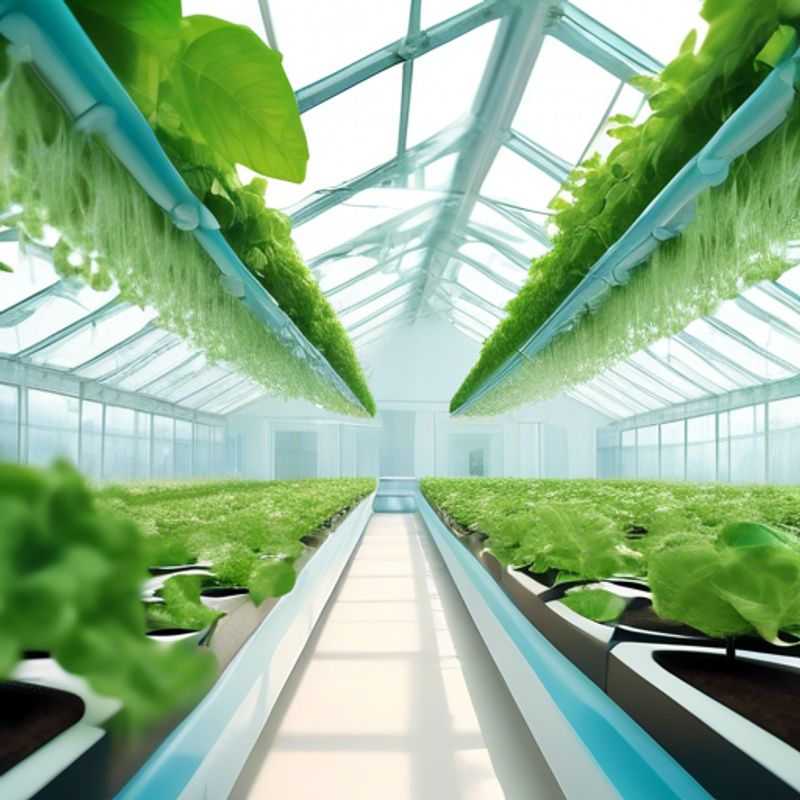
Space Constraints: Designing with Limited Area
When planning any layout, it's crucial to consider the physical limitations of the space. This includes the width, height, and overall shape of the area where your layout will be implemented. Understanding these constraints early on allows for efficient utilization of space and prevents wasted resources. For instance, a website layout should be designed to fit different screen sizes, while a physical product's packaging needs to accommodate its contents within a specific box size.
Space constraints can influence design choices like the size of elements, the number of items that can be displayed, and the arrangement of elements to maximize visual appeal and user experience. It's essential to make strategic decisions about what information is essential to include and how to present it effectively within the available space. For example, a mobile app interface might prioritize essential features and interactions over extraneous elements due to limited screen real estate.
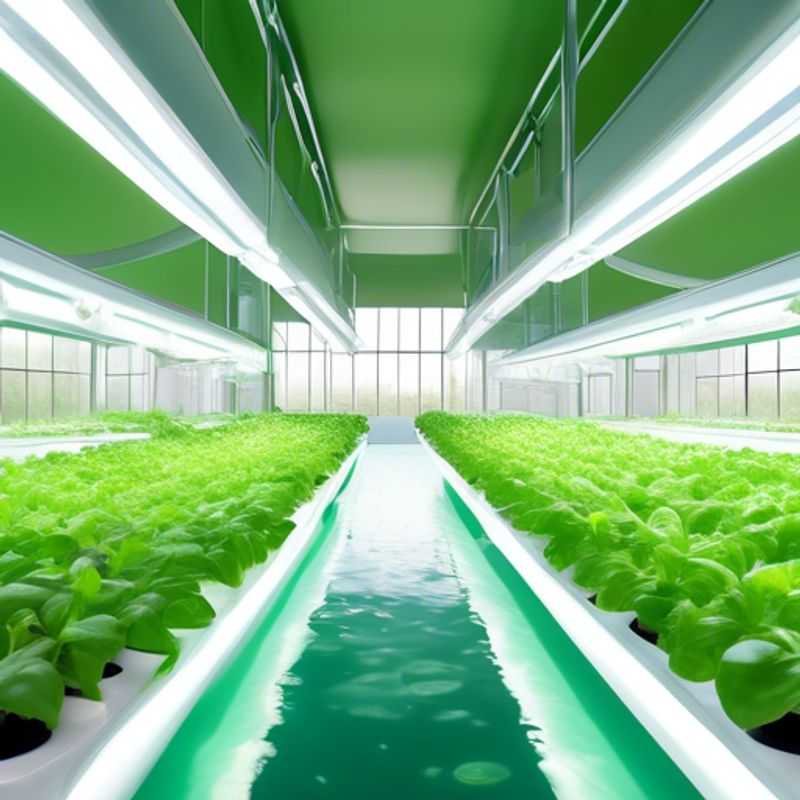
Indoor Plant Defense: Arm Yourself Against Pests and Diseases
Indoor plants can be a beautiful addition to any home, but they can also be susceptible to a variety of pests and diseases. Knowing how to identify and treat these problems can help you keep your plants healthy and thriving.
One of the most common pests that affect indoor plants is the spider mite. These tiny creatures are barely visible to the naked eye, but they can cause significant damage to plants. Spider mites feed on the sap of plants, causing yellowing and discoloration of leaves. They can also spin webs, which can make plants look dusty and unsightly.
Mealybugs are another common pest. They are small, white, and fuzzy insects that feed on plant sap. Mealybugs can be found on the stems, leaves, and roots of plants. They can cause stunted growth and yellowing of leaves.
Scale insects are another common pest that can affect indoor plants. Scale insects are small, flat, and often brown or gray. They can be found on the stems and leaves of plants. Scale insects feed on plant sap, causing stunted growth and yellowing of leaves.
In addition to pests, indoor plants can also be affected by a variety of diseases. One common disease is root rot. Root rot is caused by fungi that thrive in wet soil. Root rot can cause leaves to turn yellow and wilt. The roots of plants affected by root rot will be soft and mushy.
Another common disease is leaf spot. Leaf spot is caused by fungi that infect the leaves of plants. Leaf spot can cause brown or black spots to appear on leaves. These spots can eventually grow and merge, causing the leaves to die.
To prevent pests and diseases, it's important to keep your plants healthy. This means providing them with adequate light, water, and fertilizer. It's also important to inspect your plants regularly for signs of pests or diseases. Early detection and treatment can help to prevent serious problems.
If you suspect your plants have pests or diseases, there are a number of treatment options available. You can purchase insecticidal soaps or pesticides to treat pests. For diseases, you may need to use fungicides. Always follow the directions on the label carefully.
By taking steps to prevent and treat pests and diseases, you can help to keep your indoor plants healthy and thriving for years to come.
